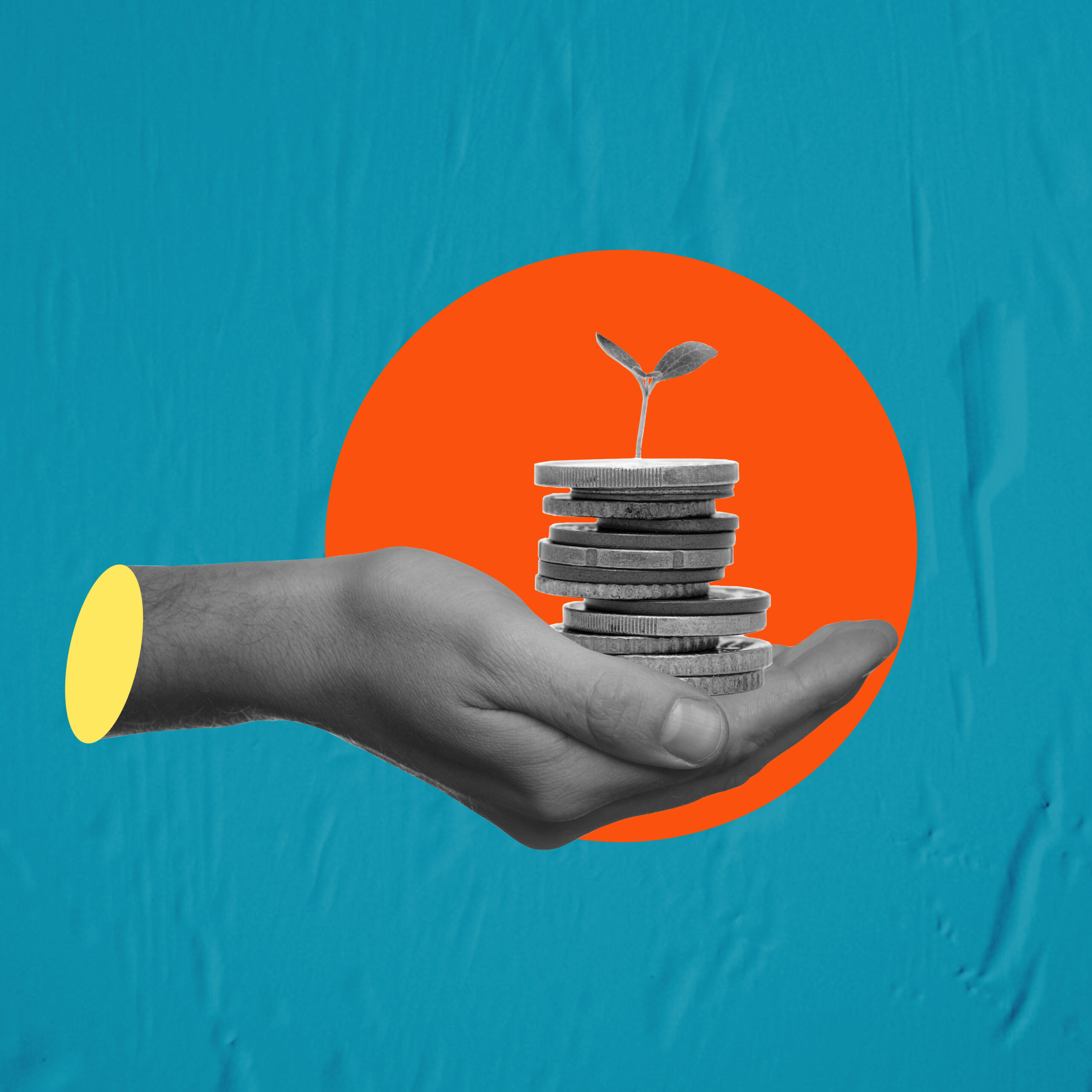The Economics of Dance—Dance’s Future According to the Numbers
To help kick off the December release of findings from Dance/NYC’s Dance Industry Census, Lorena Jaramillo gave a short performance, dancing barefoot as she talked to the audience. “When I started this solo, I had $132 and 30 cents in my bank account,” she said, breathing heavily into the small microphone taped to her cheek. “I had $4,232 in credit card debt. I owed $2,087 and 10 cents in medical bills. I owed $7,075 to the IRS.”
Four years of pandemic impact have wreaked havoc on the lives of professional dancers like Jaramillo, a member of Sydnie L. Mosley’s New York City–based collective SLMDances. Most dance organizations, whether commercial or nonprofit, have been on a financial roller-coaster ride, too, whose tracks parallel ups and downs in the U.S. economy as a whole. Multiple reports published since last summer have shed long-awaited light on the fiscal health of the country’s dance sector. What those numbers say isn’t simple to summarize.
“Part of each organization’s story is, How nimble was that organization and how able has it been to adapt?” says Kellee Edusei, executive director of national service and advocacy organization Dance/USA. Companies and schools willing and able to move activities outdoors, stream video performances, and offer virtual classes had likely restored at least a portion of their earned income by summer 2021. Meanwhile, those who waited until studios and theaters could reopen might’ve gone a full fiscal year—or more—without any ticket sales, tuition fees, or paid arts education contracts. Pandemic restrictions, which varied from state to state, tied the hands of some organizations’ leaders more tightly than others.
SMU DataArts, a primary source of research on trends in the nonprofit cultural sector, collected and synthesized information about more than 120 U.S. dance organizations from a four-year period, 2019 to 2022. One takeaway from its longitudinal observations is that, even when the changes in dollar amounts appear positive, adjustments for inflation erase most gains (and deepen losses).
“When organizations geared up for the return of regular levels of programming in 2022, their expenses were 2 percent higher than they were in 2019, but their real buying power was 11 percent lower,” says Dr. Zannie Voss, the Dallas-based research center’s director and a professor at Southern Methodist University’s Cox School of Business and Meadows School of the Arts. “Inflation doesn’t just have a very real impact on the core cost of producing or presenting,” she adds. “It also creates the kind of economic uncertainty that makes people not want to, or unable to, spend as much money as they once did.”
Along similar lines, percentage-based calculations might paint a rosier picture than is warranted of the financial health of dance organizations centering and led by people of color. “The average budget size of a non-BIPOC dance organization was three times that of a BIPOC organization in 2019,” says Voss, “and two and a half times that of a BIPOC organization in 2022. Those two cohorts had neither the same starting place nor the same endpoint, so any notion of a ‘leveled playing field’ is not the reality.”
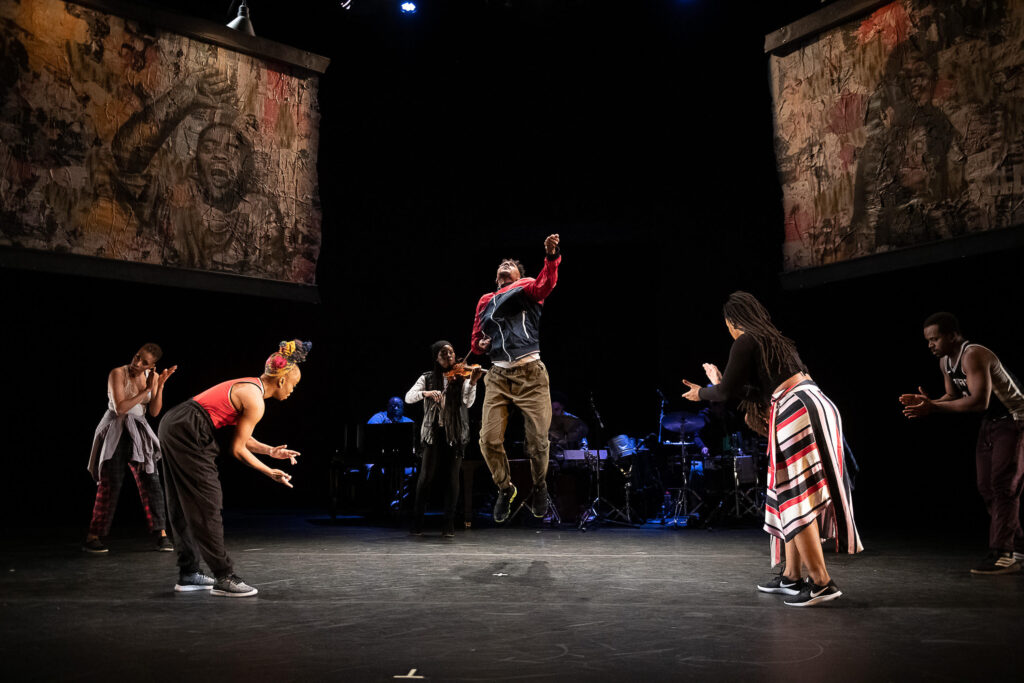
The economics of touring and presenting, in particular, have changed significantly in recent years. Indira Goodwine-Josias, senior program director for dance at the New England Foundation for the Arts and director of its National Dance Project, says inflation, continued COVID-19 testing protocols, questions of access and inclusivity, and other factors have made touring more complicated for ensembles large and small. Unpredictable, sometimes painfully long waits for the U.S. government to approve visa petitions further complicate international travel, whether planned and paid for by presenters or dance companies themselves. “We have seen, for a lot of the presenters who don’t only present dance, some contractions,” says Sara Nash, dance director at the National Endowment for the Arts. “If, before the pandemic, they were bringing in five or six dance presentations a year, some of them pulled away from dance. And some have come back, but to fewer dance presentations than before.”
The U.S. government provided more than $50 billion to arts and entertainment entities through emergency, relief, and recovery programs, like the American Rescue Plan, Paycheck Protection Program, and Shuttered Venue Operators Grant. Now that those initiatives have largely run their course, Lane Harwell, senior program officer at the Ford Foundation, anticipates “further contraction of the dance field. Groups will continue to close, cut productions and staff, relocate, or pause operations.”
At the same time, Harwell says, financial pressures can foster innovation and prompt collaboration, at times within philanthropy, and “may create the conditions for new groups and artistry to emerge.” With responsive plans and agile leadership, Dallas Black Dance Theatre, Deeply Rooted Dance Theater in Chicago, LEIMAY in Brooklyn, ODC/Dance in San Francisco, and Rosy Simas Danse in Minneapolis became bright spots, sources say, on the U.S. dance map—organizations that weathered well the economic and social turmoil of recent years. The Ford-led America’s Cultural Treasures program, implemented alongside eight regional funding collaboratives, raised more than $275 million for nonprofits in dance and other creative fields beginning in 2020. The International Association of Blacks in Dance has had a numerically smaller but similarly distributed impact on the capacity of groups centering people and practices of African ancestry or origin.
Melanie George, assistant professor at Rutgers University and associate curator at Jacob’s Pillow, says that the coming months and years will be revealing. “There were a lot of public conversations like, ‘When we come back from this lockdown, we’re gonna do things differently,’ ” she says. “Institutions were saying it. Presenters were saying it. Funders were saying it. Artists took that to heart and are now like, ‘You said you wanted to do it differently? Well, here’s what it actually takes and costs for me to do what I would’ve compromised on before.’ ”
High-volume programming is expected of international festivals like Jacob’s Pillow, George says. But greater productivity is not necessarily the answer to every question. “We have not returned to what we were,” George says, “and certain very thoughtful organizations are talking about doing less and going deeper.”
Case Study: J CHEN PROJECT
How artist Jessica Chen’s company is making it work.
J CHEN PROJECT, primarily a vehicle for the creative work of New York City–based artist Jessica Chen, crossed a significant financial threshold at the start of 2024: its first annual operating budget with income and expenses greater than $50,000.
Chen says the company survived the past three years in part by being flexible about how its work is experienced. “We can’t go into the red renting theaters for every performance, so maybe we’ll work with a museum to perform in the lobby instead,” she says. “That’s not always ideal for my work, but I’ve tried to step back and ask myself, ‘What is the company’s mission? What is our role in this moment?’ Let’s lean in to the unknown, which I think is what the pandemic forced all of us to do.” Chen adds that, because the company’s shows are now more frequently presented than self-produced, more expenses are covered through commissions.
Inspired by the response from the audience, Chen has remounted her sold-out premiere from last March, AAPI HEROES: MYTHS AND LEGENDS, as an ongoing, once-monthly show. That long-term commitment has opened new fundraising doors and allowed Chen to guarantee her company members more pay and workweeks in advance. “My number-one priority is paying the dancers,” she says.
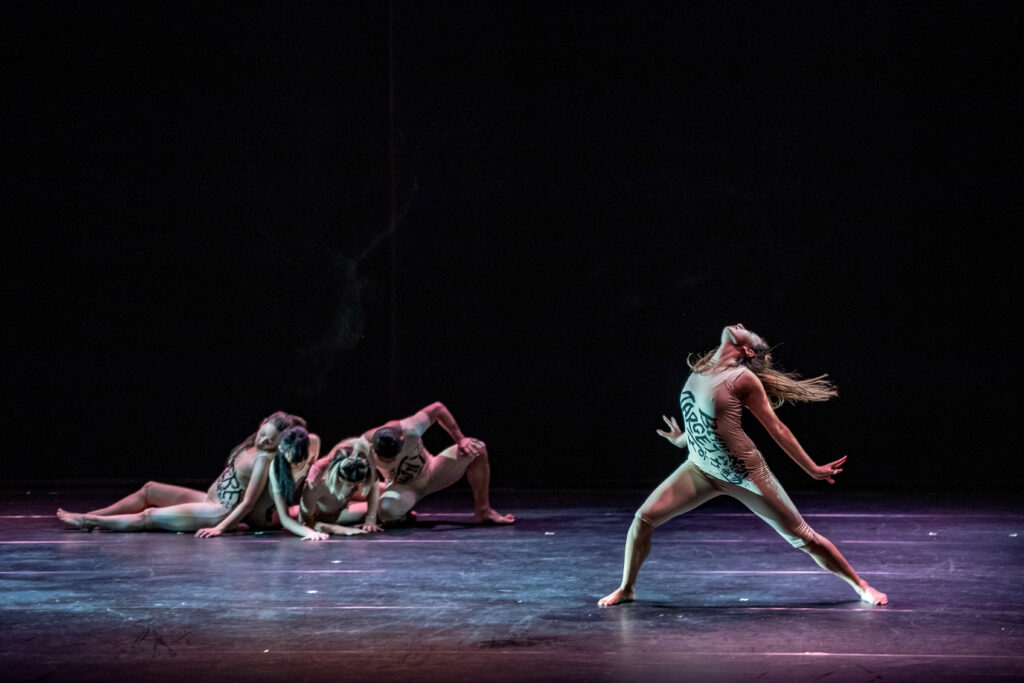
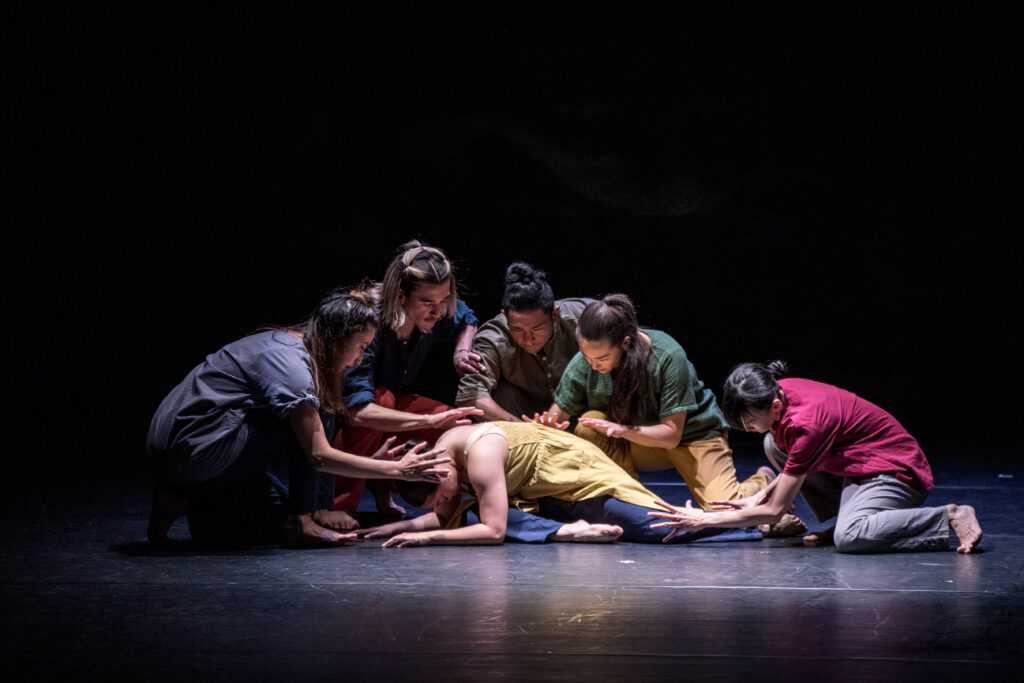
Data Points
Key findings from recent economic research on dance in the U.S.
SMU DataArts compiled information provided annually from 2019 to 2022 by 127 dance nonprofits based across the U.S. and found that:
- Private philanthropic support for dance fell 17% over that four-year period by dollar amount, and fell 27% once adjusted for the concurrent rate of inflation
- Dollars paid to performers exceeded the rate of inflation by 5% while dollars paid to administrative personnel exceeded the rate of inflation by 12%
- Ticket-sales revenue, adjusted for inflation,
decreased 32% over the four-year period for dance organizations, versus a 66% decrease for theater organizations - Donations from individuals comprised 30% of private support in 2022 versus 40% in 2019
Visit culturaldata.org to learn more.
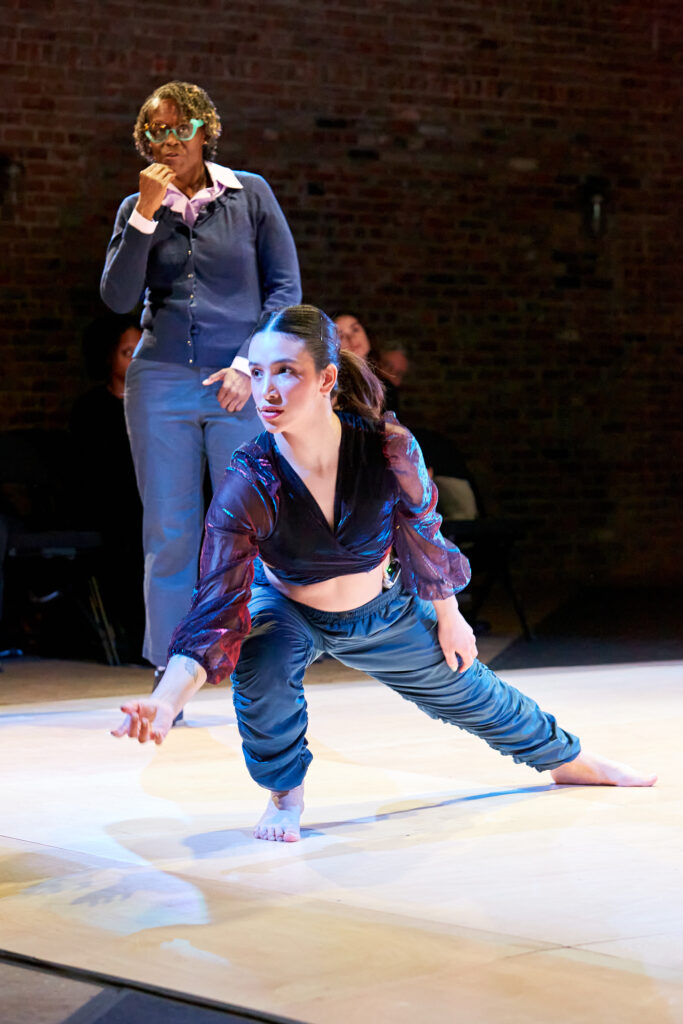
Dance/NYC surveyed more than 1,600 dance workers and nearly 400 organizations in the New York City area and found that:
- Individuals made an average of $22 per hour, and 54% also held nondance jobs in order to make ends meet
- 56% of respondents had no savings or cash reserves and entities’ average budget size decreased 4% by dollar amount from 2019 to 2022
- Individuals worked an average of four jobs per year and 31% earned less than $25,000 per year
- 37% of individuals were salaried employees and 41% had worked without pay in the last year
- 64% self-financed and/or spent their own money to fund their dance work
Visit dance.nyc to learn more.
Dance/USA compiled the results of financial surveys completed annually from 2019 to 2023 by 12 member organizations—mostly major ballet companies—and preliminary results found that:
- The organizations earned 23% fewer dollars in 2023 through dance education and training programs than they did in 2019
- Total government support peaked in 2022 at 26% of total revenue, yet in 2023, it fell back to 4%—versus 3% in 2019
- Dollars earned through performance programs in 2023 were approximately 90% of 2019 levels, even with
15% fewer performances, and continue to increase
Visit danceusa.org to learn more.
